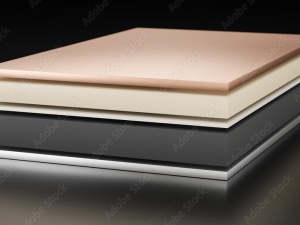Salt Effect Engineering Single Fe-N2P2-Cl Sites on Interlinked Porous Carbon Nanosheets for Superior Oxygen Reduction Reaction and Zn-Air Batteries
Abstract
Developing efficient metal-nitrogen-carbon (M-N-C) single-atom catalysts for oxygen reduction reaction (ORR) is significant for the widespread implementation of Zn-air batteries, while the synergic design of the matrix microstructure and coordination environment of metal centers remains challenges. Herein, a novel salt effect-induced strategy is proposed to engineer N and P coordinated atomically dispersed Fe atoms with extra-axial Cl on interlinked porous carbon nanosheets, achieving a superior single-atom Fe catalyst (denoted as Fe-NP-Cl-C) for ORR and Zn-air batteries. The hierarchical porous nanosheet architecture can provide rapid mass/electron transfer channels and facilitate the exposure of active sites. Experiments and density functional theory (DFT) calculations reveal the distinctive Fe-N2P2-Cl active sites afford significantly reduced energy barriers and promoted reaction kinetics for ORR. Consequently, the Fe-NP-Cl-C catalyst exhibits distinguished ORR performance with a half-wave potential (E1/2) of 0.92 V and excellent stability. Remarkably, the assembled Zn-air battery based on Fe-NP-Cl-C delivers an extremely high peak power density of 260 mW cm−2 and a large specific capacity of 812 mA h g−1, outperforming the commercial Pt/C and most reported congeneric catalysts. This study offers a new perspective on structural optimization and coordination engineering of single-atom catalysts for efficient oxygen electrocatalysis and energy conversion devices.



